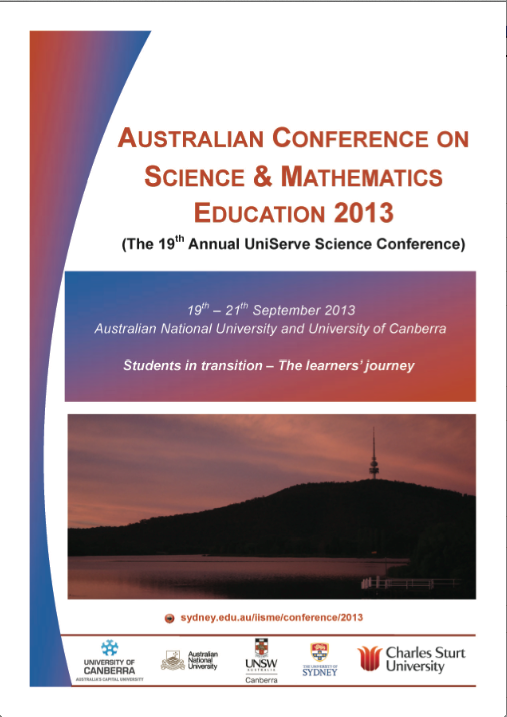Extending images of mathematical modelling beyond research to pedagogy
Abstract
Modelling real world physical or natural systems with mathematics is one of the cornerstones of scientific endeavour. The process of modelling real world systems with mathematics has been represented as images of modelling by many authors. We review a small selection of past images of modelling. These past images of mathematical modelling have represented some systems in the modelling process, such as the real world system and the mathematical system. However, to extend the image from research modelling to pedagogical mathematical modelling we introduce new systems. Past images also represent the transition from one system to the next as interactions. These interactions include mathematisation and solving the mathematical problem. However, again to extend the image to pedagogical modelling we introduce new interactions. Many past images concentrate on the forward interaction of research modelling from problem to mathematics to solution but important ‘reverse’ interactions are ignored. These reverse interactions are critical in pre-designing appropriate level questions, problems and courses. These reverse interactions are also used to reverse engineer problems so that students can readily ‘solve real world’ problems with appropriate level mathematics, using recently learned mathematical techniques. A new image of mathematical modelling is presented that incorporates the new systems and interactions. This new image is used to represent realisations of learning, teaching and research mathematical modelling. The new image is also used to identify differences between these different realisations and to discuss the processes of moving between learning, teaching and research mathematical modelling.Downloads
Published
2013-09-24
Issue
Section
Abstracts
